How To Care For and Grow Lily Of The Valley Plant |
The “Lily of the Valley” plant (Convallaria majalis) is one of the sweetest smelling blooming plants during the late spring season as well as the early summer in the northern temperate zone. Their stems are covered with small white, bell-shaped flowers that have a sweet smelling scent and medium-sized bright green leaves that have a lance shape, 3-5 inches wide and 4-8 inches high.
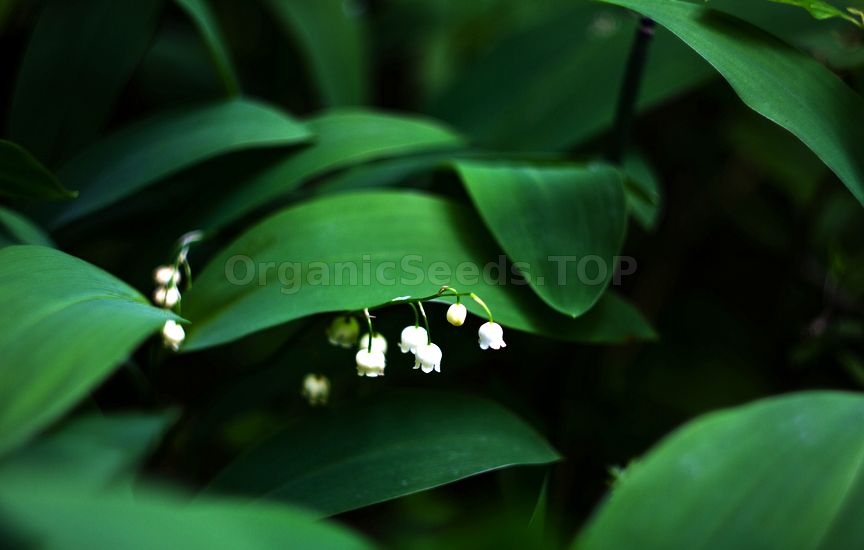 It is a moisture loving plant that forms a spreading mass with red seed pods remaining after flowering making the plant look attractive even after blooming. The plant is easy-care and does not require much to thrive. It prefers partial shade and moist soil. The plants are adaptable and will grow very well in dry shade. Lily of the valley can also be adapted to full shade or full sun, depending on the amount of moisture it has. Planting Guide For Lily Of The Valley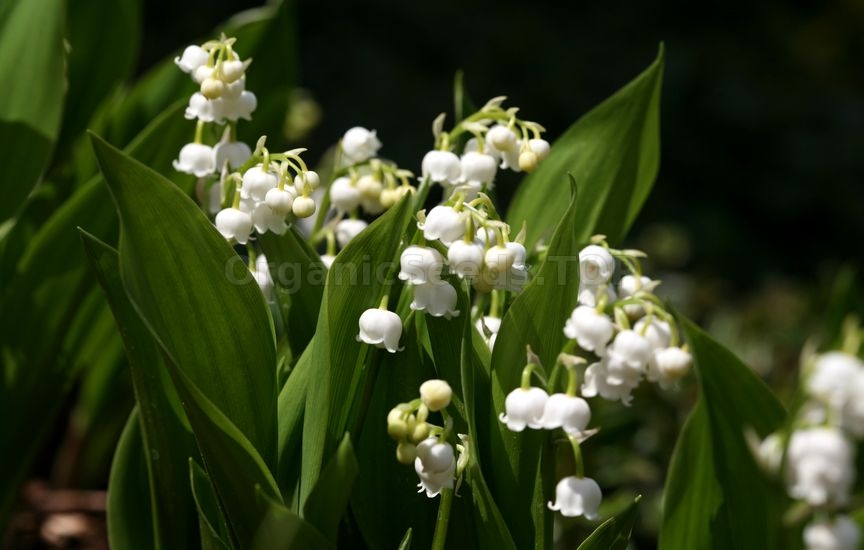 The Lily of the Valley flower works well as a cut flower. It is also known as “Our Lady’s Tears” as it is said that it grew where Eve’s tears fell when they were driven out of the garden of Eden. Planting Lily Of The Valley OutdoorsDuring the fall and early spring, lily of the valley is bare root sold as pips. These are the rhizomes from which the flowers grow. The pips should be planted during the spring immediately after the ground has been plowed. The “Valley Lily” can also be sold as a container potted plant during the year. It can be transplanted to the garden during the growing season.
Be aware all parts of the plant are toxic to human. If you have little children it should be planted with care. The location you choose should have well-drained soil and receive partial sun. The Lily of the Valley plant is not choosy on the soil it grows in. However, it does not do well in swampy conditions. 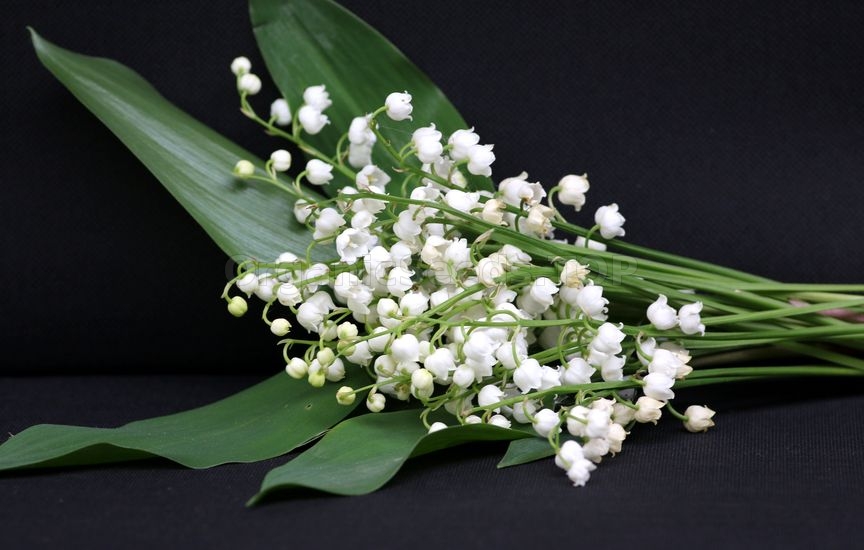 It prefers humus-rich, moist soil. Soils can be amended by adding organic material such as decomposed manure or peat moss. Lily of the valley spreads very fast and it may over-run other flowers. It prefers partial shade, but it can also tolerate full sun in areas with cooler summers. Once a location has been chosen, the pips should be soaked in lukewarm water before planting. The pips will swell as they absorb water. This acts as a head start to encourage growth. If the pips have roots, snip them about half an inch at the end to encourage branching out, and the flowers will have a greater chance of flourishing. The pips should be placed about one and a half inches apart and the top slightly above the surface of the soil. Ensure they are well watered. Depending on the weather, plants should start to grow in about a weeks’ time. The leaves of this herbaceous perennial are dark green and oval-shaped and bloom in mid to late spring in most locations. Allow the foliage to remain after blooming as this will feed the pips for more flowers in the next spring. This perennial plant lily over time will fill the ground like a carpet with green leaves and the garden will have delicate scent of its flowers. If you notice a reduction in the display of flowers, you can thin out the plant. Cutting back the leaves is not necessary, but you can spread mulch over the tops of the plant to provide it with enough nutrients. Planting In A Container As A Potted Plant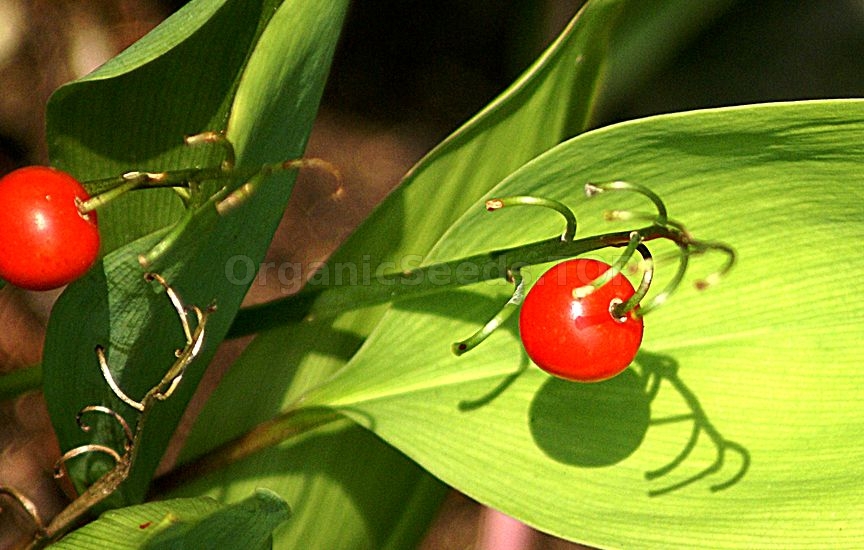 Lily of the valley also does well as a potted container plant. The container should have sufficient drainage before it is filled with potting soil that is humus-rich. Place the container in a location that receives partial sun. Just like planting outdoors, soak the pips in warm water for a few hours, cut roots by half an inch to stimulate growth. While planting ensure that the tip barely peeks out of the soil and water well. How To Care For Valley Lily Plants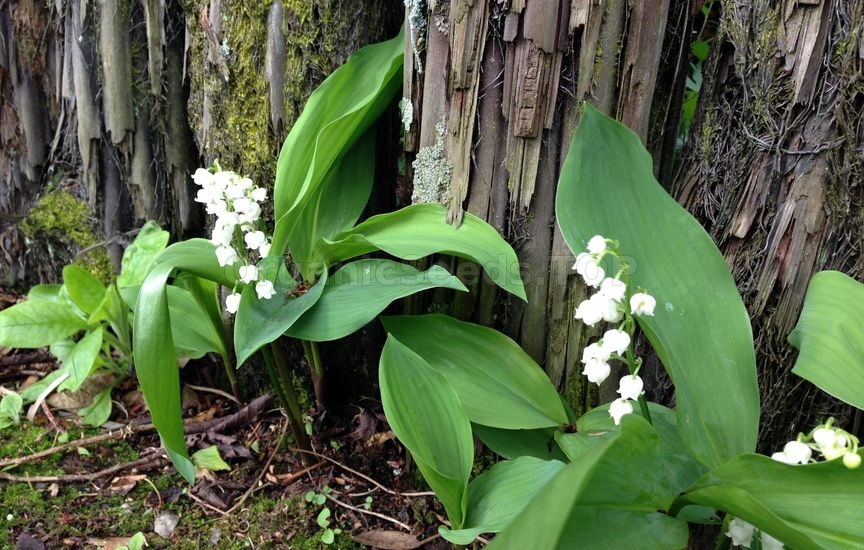 Lily of the valley is an attractive addition to the garden or home landscape due to its aesthetic characteristics. For the best results give them…
Once you have these things the following steps should be followed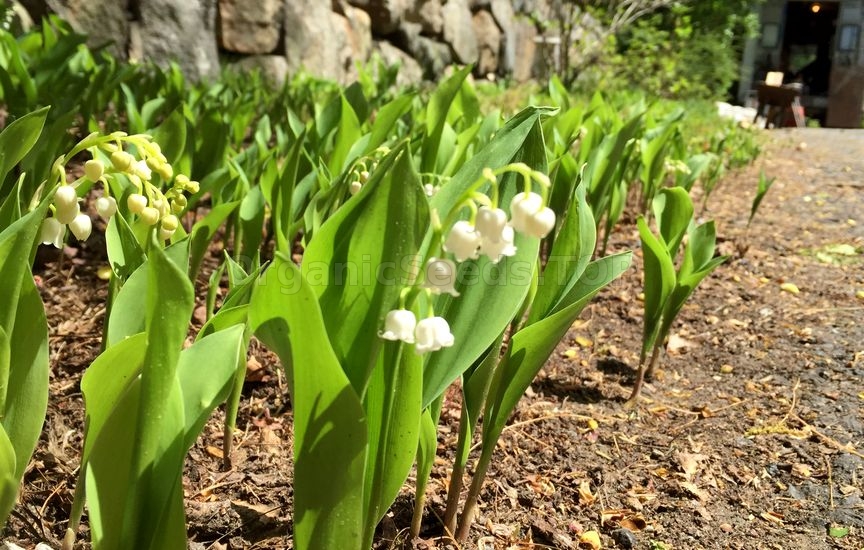
Propagating Lily Of The Valley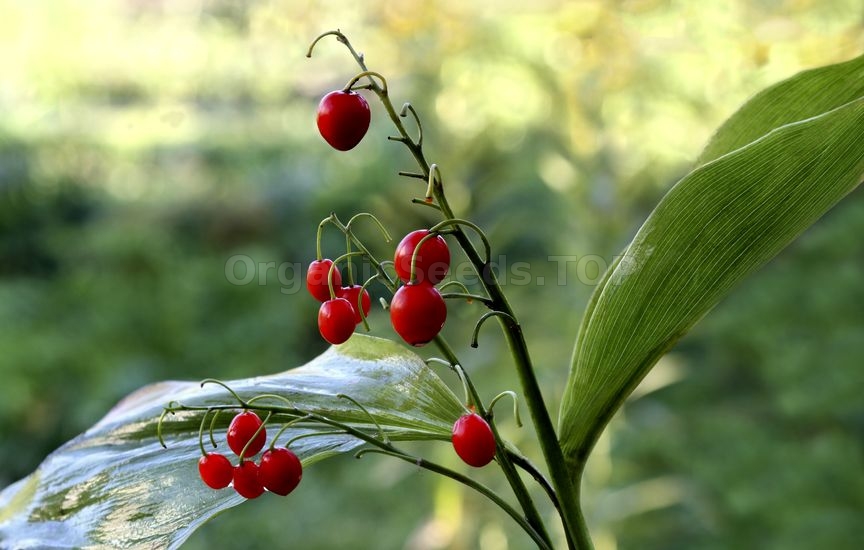 Lily of the valley can be propagated by dividing the rhizomes. The plant should be divided in the fall when the leaves have died back.
The items needed for propagating task include:
Follow the steps below: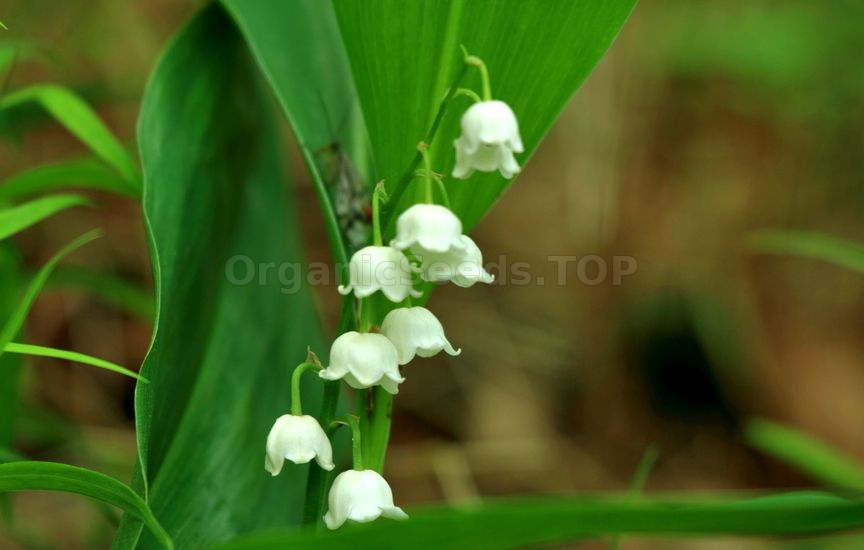
You may need:Convallaria Majalis / Lily of the Valley Seeds |
|
|
